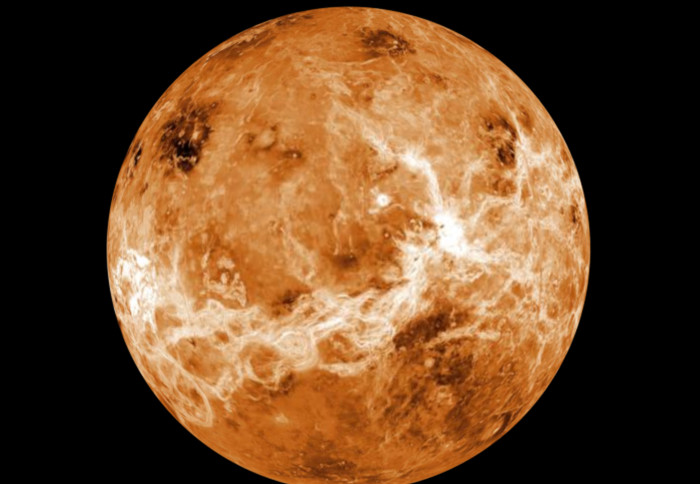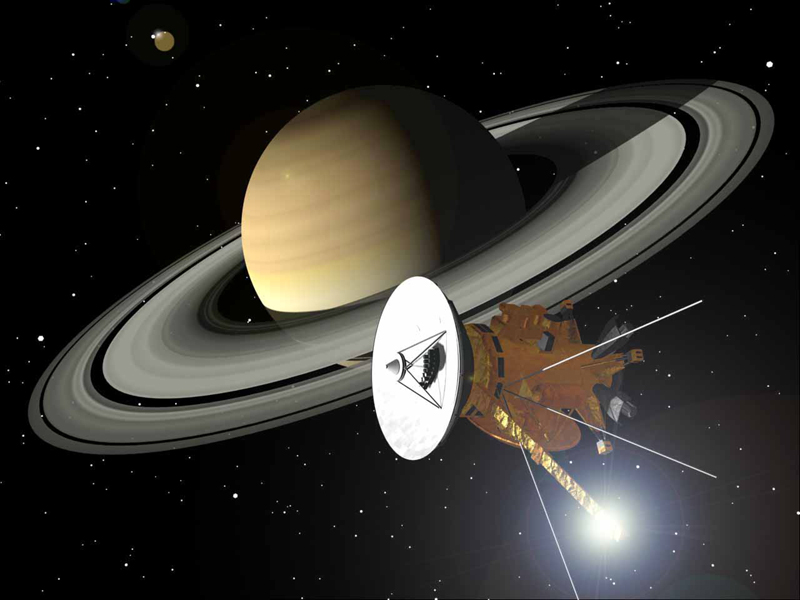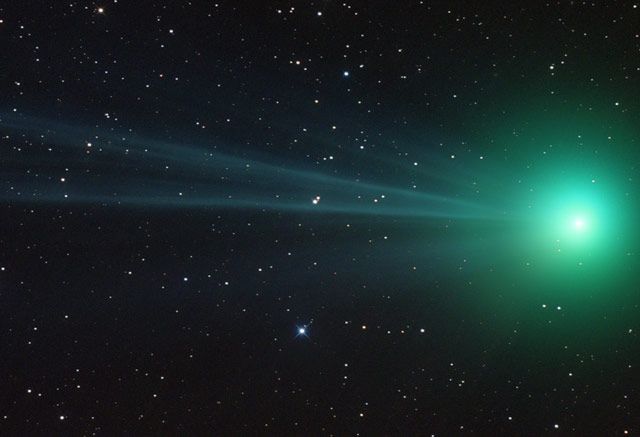Hi everybody!
Here is the last newsletter of the year as 2010 draws to a close. I had been researching Saturn's moon Rhea for the final article, but got rather excited by the other Saturnian moons as well. So I've ended up with something of a Christmas buffet of moons for you.
The Moons of Saturn
Saturn lies in the outer Solar System, ten times farther away from the Sun than than Earth is. It's best known for its fabulous ring system, but it also has an amazing system of moons including ring shepherds and the smallest round object in the Solar System.
http://www.bellaonline.com/articles/art28136.asp
*Anniversaries*
(1) Johannes Kepler born on December 27, 1571
Kepler made use of the observational data of Tycho Brahe. As a mathematician he was able to work out that the planetary orbits were not perfect circles with the Sun in the center. The orbits are ellipses. An ellipse is a squashed circle with two focal points. In the case of the planetary orbits, the Sun is at one focus. So although Copernicus proposed the Sun-centered solar system, his model was very complicated. Kepler described it simply and mathematically.
(2) Sir Arthur Eddington born on December 28, 1882.
Arthur Eddington, a great English astrophysicist, was a professor at Cambridge University. He contributed to several areas of astronomy and was also a popular writer and speaker. Yet he is perhaps best known for using a solar eclipse to confirm Einstein's relativity theory. The theory says that light will be bent in a strong gravitational field. This could be tested by seeing if star positions were shifted when the starlight came past the Sun.
The only time you can see the stars on the far side of the Sun is during a solar eclipse. Therefore Eddington photographed stars during the total eclipse of May 1919 and compared these positions with their normal ones. He found that the positions of the stars were shifted, and more precise measurements since then have confirmed his conclusion.
(3) Ceres discovered on New Year's Day 1801
People had thought for some while that there should be a planet orbiting between Jupiter and Mars. It seemed that Italian astronomer Giovanni Piazzi had found it in 1801. Of course, astronomers got more than they expected, because Ceres is only the largest of the thousands of bodies in the Asteroid Belt. Ceres, named for the Roman goddess of agriculture, was classified as a dwarf planet in 2006.
(4) Isaac Asimov born on January 2, 1920
Asimov's day job was as a professor of biochemistry, but he is known to millions for his science fiction and his enthusiasm for astronomy and space. He was a prolific writer and wrote factual books on many subjects in addition to his fiction.
*The sky*
If you're coming home late from a New Year's Eve party - or getting up early, having not attended one - look to the southeast to see the Moon and Venus together. You should be able to see Venus and the crescent moon before dawn both on Friday morning and on New Year's Day. Sky & Telescope has more information on what's in the sky at http://media.skyandtelescope.com/images/Webvic10_Dec31_341px1.jpg
*Season's greetings from the International Space Station*
You often get greetings from 180 miles away, but usually that isn't 180 miles straight up! However, on the day of the solstice, the crew of the ISS sent Christmas and New Year's greetings to everyone on Earth. Here are the good wishes from NASA astronauts Scott Kelly and Cady Coleman and ESA (European Space Agency) astronaut Paolo Nespoli.
http://www.youtube.com/watch?v=2P7ZggLYo2g&feature=player_embedded#at=26
*Huygens Probe Descent CDROM*
Here's something that may be of particular interest to educators. You can see a video of the Huygens Probe's descent to the moon Titan at http://sci.esa.int/science-e/www/object/index.cfm?fobjectid=39218 There are also some other related videos.
Or you could download a free CDROM, which is in six languages. ESA says that if you start the CDROM on a computer connected to the internet that other languages are also available. I didn't look to see which languages, but check it out here. http://sci.esa.int/science-e/www/object/index.cfm?fobjectid=40030
That's all for this this year. My good wishes to you for the coming year. I hope you have a good 2011.
Please visit astronomy.bellaonline.com for even more great content about Astronomy.
To participate in online discussions, this site has a community forum all about Astronomy located here -
http://forums.bellaonline.com/ubbthreads.php?ubb=postlist&Board=323
I hope to hear from you sometime soon, either in the forum or in response to this email message. I welcome your feedback!
Do pass this message along to family and friends who might also be interested. Remember it's free and without obligation.
Mona Evans, Astronomy Editor
http://astronomy.bellaonline.com
astronomy Newsletter








